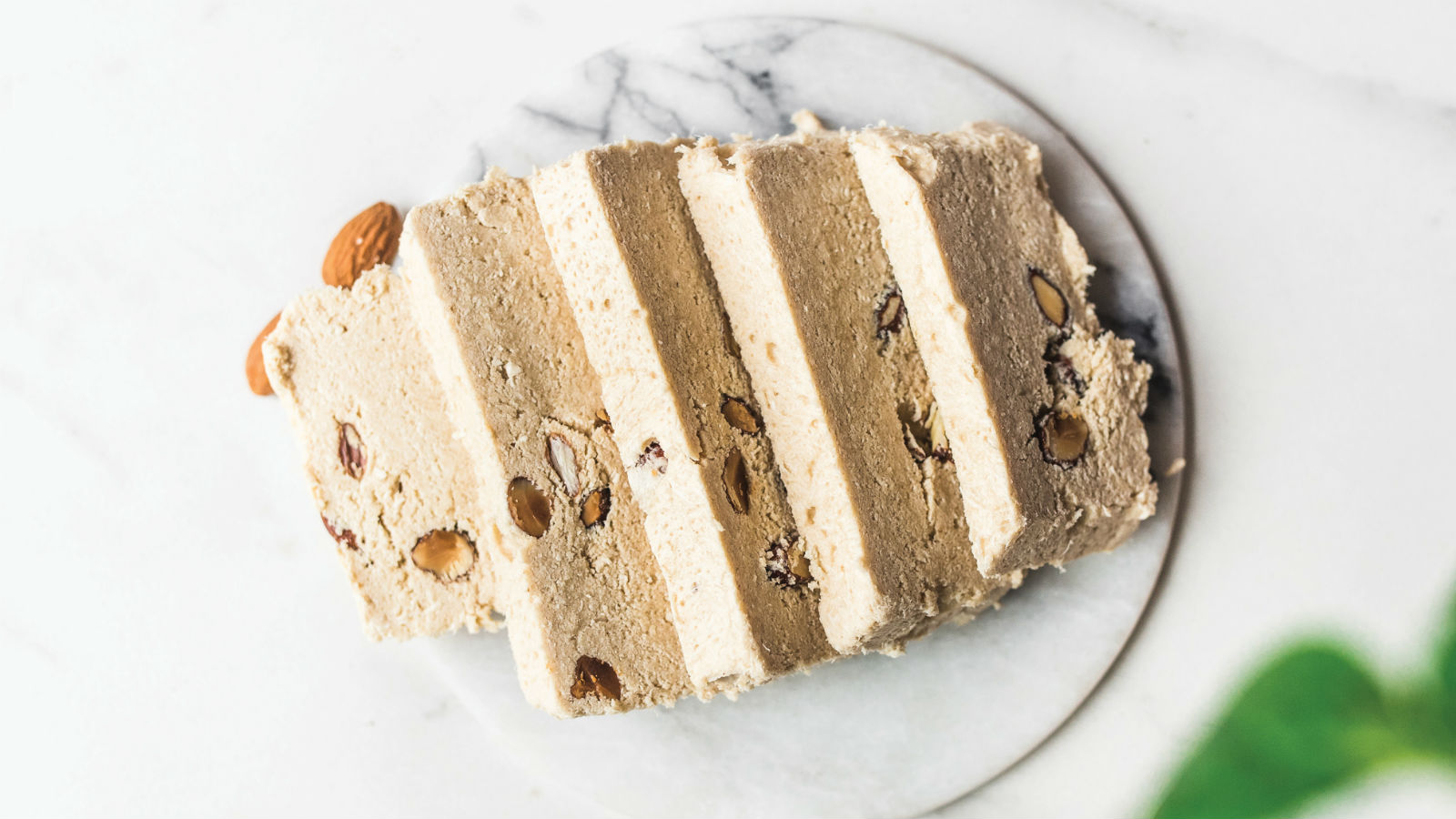
Halva, a sweet and nutty delight, has been enjoyed for centuries across different cultures and cuisines. This versatile treat has captivated the taste buds of people from all walks of life, and it’s no wonder why! Not only is halva incredibly satisfying to eat, but it also offers a range of nutritional benefits that make it a guilt-free indulgence. From its high fiber content to its abundance of healthy fats, halva packs a punch when it comes to providing nourishment. So if you’re curious about the nutritional value of this delectable treat, you’re in luck! In this article, we’ll explore ten halva nutrition facts that will give you a deeper understanding of why this sweet treat should be a part of your healthy eating routine. So sit back, relax, and get ready to discover the incredible nutritional power of halva!
Key Takeaways:
- Halva is a nutritious treat rich in healthy fats, protein, fiber, and essential vitamins and minerals, making it a satisfying and energy-boosting option for both athletes and those with sweet cravings.
- With its gluten-free options, various flavors, and cultural heritage, halva is a versatile and delightful dessert that satisfies sweet cravings while providing essential nutrients for a healthy lifestyle.
Rich in Healthy Fats
Halva is a delicious treat that is rich in healthy fats. It is typically made from sesame seeds, which are an excellent source of monounsaturated and polyunsaturated fats. These fats are known to support heart health and provide energy for the body.
High in Protein
Halva is a satisfying and nutrient-dense treat, thanks to its high protein content. It contains a good amount of plant-based protein, making it a great option for vegetarians and vegans.
Good Source of Fiber
Halva is packed with dietary fiber, which is essential for a healthy digestive system. Fiber helps to regulate bowel movements, promote satiety, and support overall gut health.
Rich in Vitamins and Minerals
Halva is a good source of various vitamins and minerals, including vitamin E, calcium, iron, and magnesium. These nutrients play a crucial role in maintaining optimal health and supporting various bodily functions.
Provides Energy
Due to its high calorie content, halva serves as a great source of instant energy. This makes it a popular choice among athletes and those needing a quick boost of energy.
Contains Antioxidants
Sesame seeds, the main ingredient in halva, are rich in antioxidants. These compounds help to neutralize harmful free radicals in the body, reducing the risk of chronic diseases.
Gluten-Free Option
For individuals with gluten intolerance or celiac disease, halva can be a delicious and safe treat. It is naturally gluten-free, making it a suitable choice for those following a gluten-free diet.
Versatile Treat
Halva comes in various flavors, such as chocolate, vanilla, pistachio, and almond. This versatility makes it easy to find a flavor that suits your taste preferences.
Satisfies Sweet Cravings
With its natural sweetness and rich flavor, halva is a great option to satisfy your sweet tooth. Its unique texture and taste make it a delightful dessert or snack.
Traditional Delicacy
Halva has a rich cultural heritage and is enjoyed in many different cuisines around the world. It has been a traditional delicacy in various countries for centuries, showcasing its timeless appeal.
Conclusion
Halva is not only a delicious treat but also a nutritious one. Its rich content of healthy fats, proteins, vitamins, and minerals makes it a great addition to a balanced diet. With its numerous health benefits, including improved heart health, boosted energy levels, and enhanced digestion, it’s no wonder why halva is loved by many.
Whether you prefer the traditional tahini-based halva or the variations made with different nuts and seeds, you can indulge in this sweet treat while reaping its nutritional rewards. Just be mindful of portion sizes as halva is also calorie-dense. So, enjoy halva in moderation as part of a healthy lifestyle.
FAQs
1. Is halva a healthy snack?
Yes, halva can be a healthy snack option. It is packed with essential nutrients like healthy fats, proteins, and vitamins, which can provide energy and support overall well-being. However, it’s important to consume halva in moderation due to its high calorie and sugar content.
2. Can halva be a part of a weight-loss diet?
While halva is a nutrient-dense food, it is also calorie-dense. Therefore, it’s important to consume it in moderation if you are on a weight-loss diet. Pay attention to portion sizes and consider halva as an occasional treat rather than a regular part of your diet.
3. Is halva suitable for people with dietary restrictions?
Halva can be adapted to accommodate different dietary restrictions. For example, there are gluten-free and vegan variations available. However, it’s important to check the ingredient list carefully for any allergens or specific dietary restrictions that you may have.
4. Is there a preferred time to consume halva?
Halva can be enjoyed at any time of the day. Some people like to have it as a quick energy boost in the morning, while others enjoy it as a dessert after a meal. Ultimately, it depends on personal preference and dietary habits.
5. How should halva be stored?
Halva should be stored in an airtight container in a cool and dry place. This will help to maintain its freshness and prevent it from becoming too soft or dry.
Was this page helpful?
Our commitment to delivering trustworthy and engaging content is at the heart of what we do. Each fact on our site is contributed by real users like you, bringing a wealth of diverse insights and information. To ensure the highest standards of accuracy and reliability, our dedicated editors meticulously review each submission. This process guarantees that the facts we share are not only fascinating but also credible. Trust in our commitment to quality and authenticity as you explore and learn with us.
